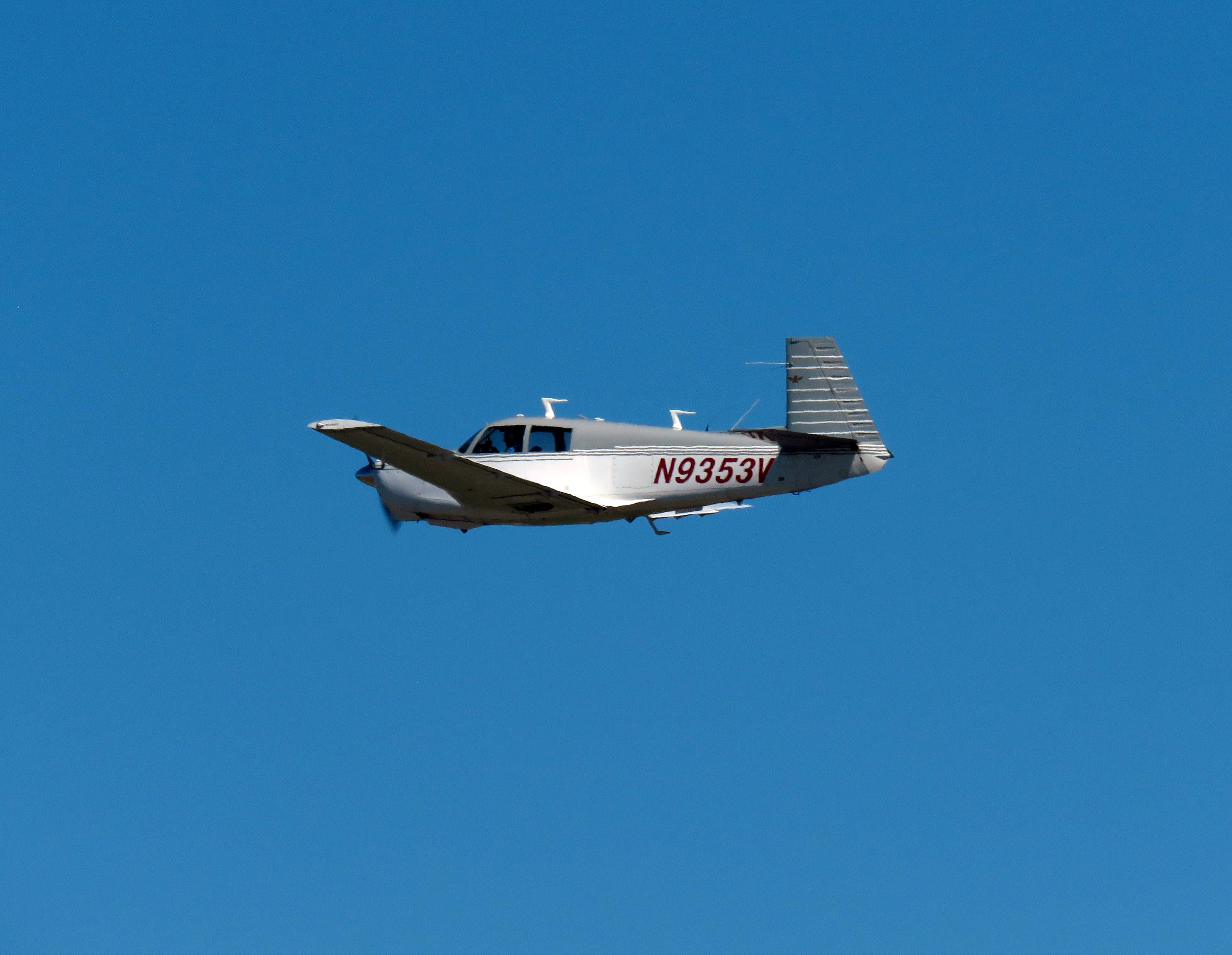
G Miller
-
Posts
19 -
Joined
-
Last visited

The recent visitors block is disabled and is not being shown to other users.
G Miller replied to Yourpilotincommand's topic in Vintage Mooneys (pre-J models)
G Miller replied to David Lloyd's topic in Avionics/Panel Discussion
G Miller replied to Oscar Avalle's topic in Vintage Mooneys (pre-J models)
G Miller replied to Nstarbf's topic in General Mooney Talk
We have placed cookies on your device to help make this website better. You can adjust your cookie settings, otherwise we'll assume you're okay to continue.